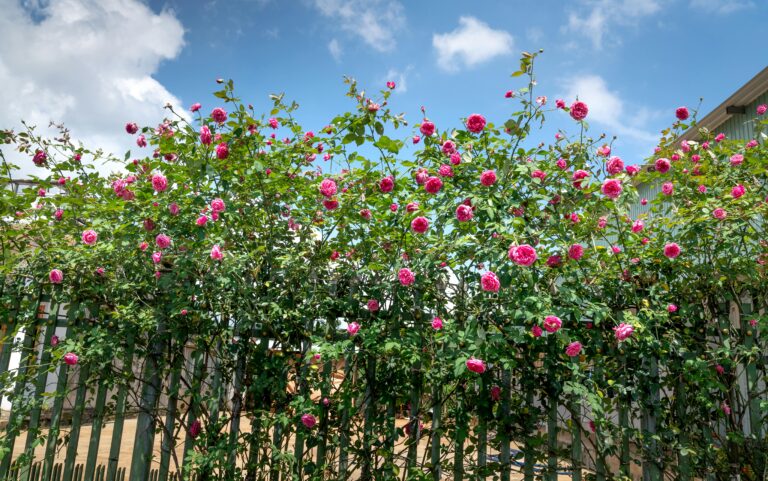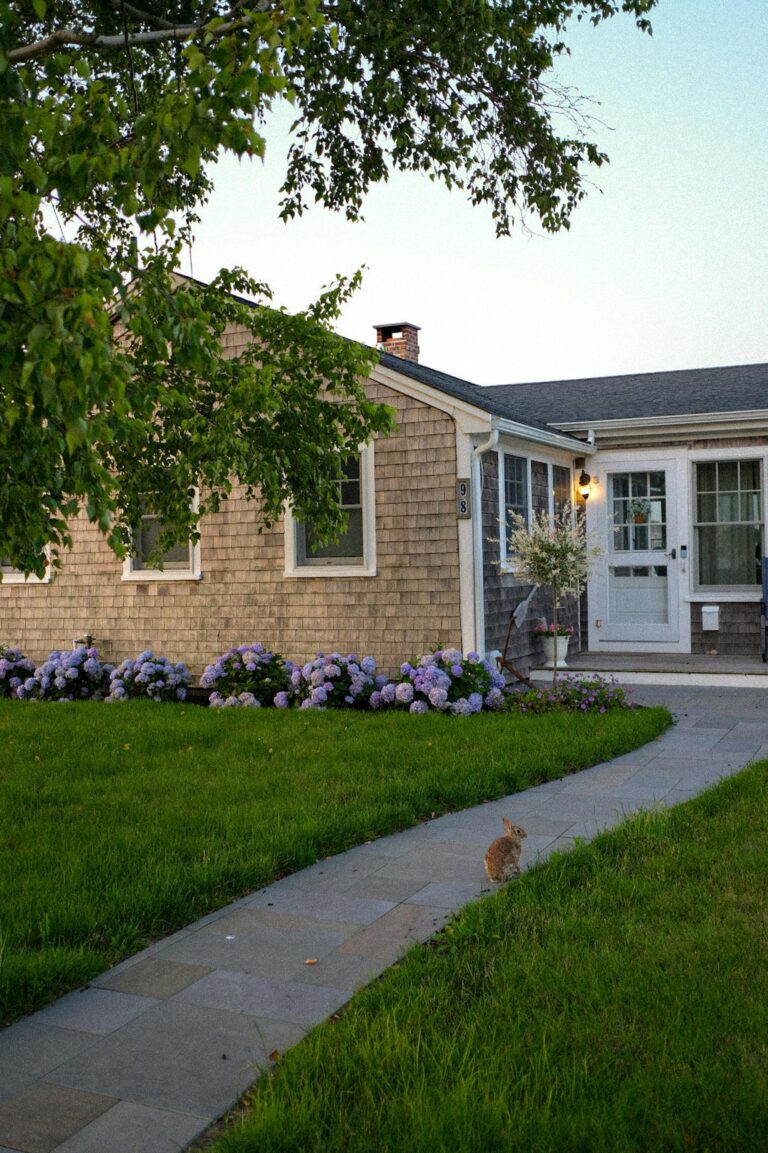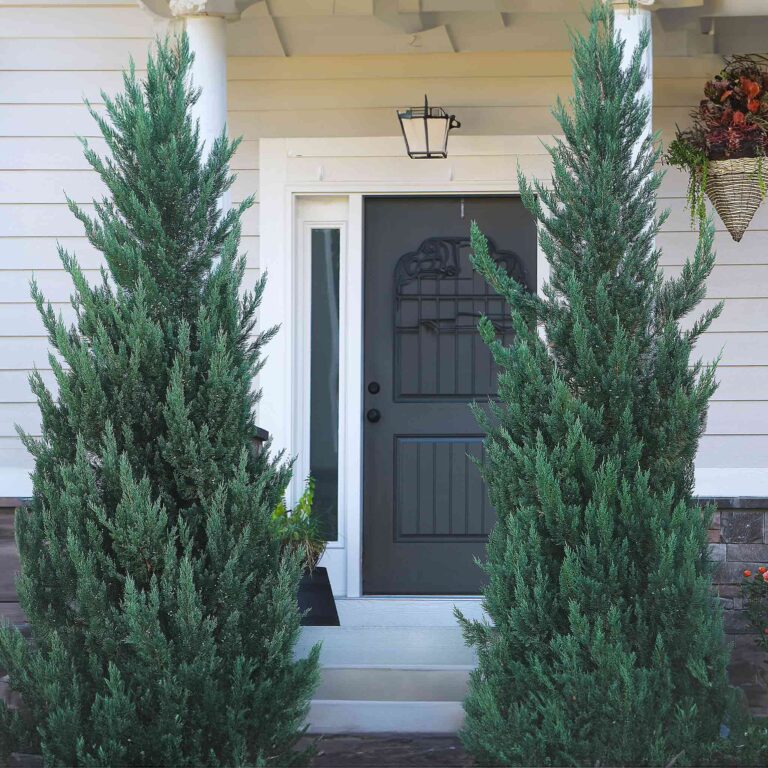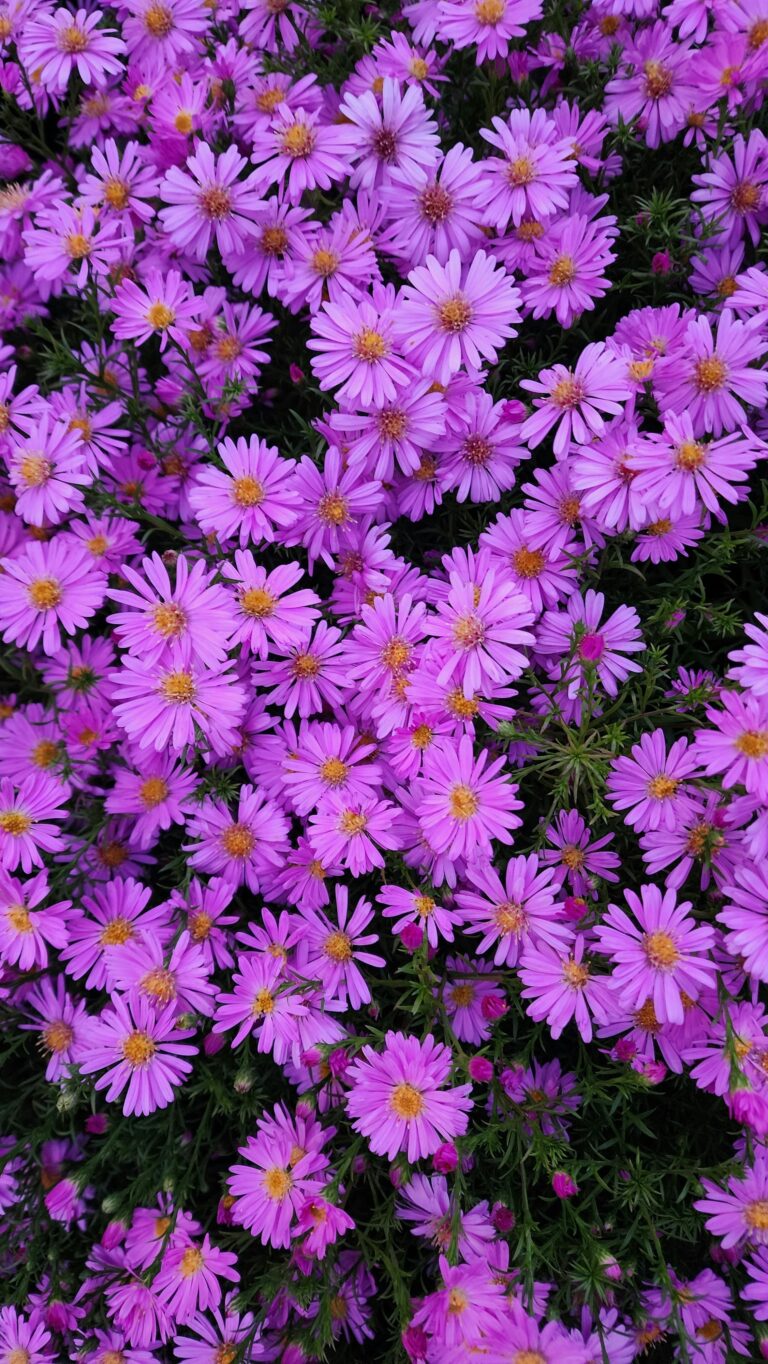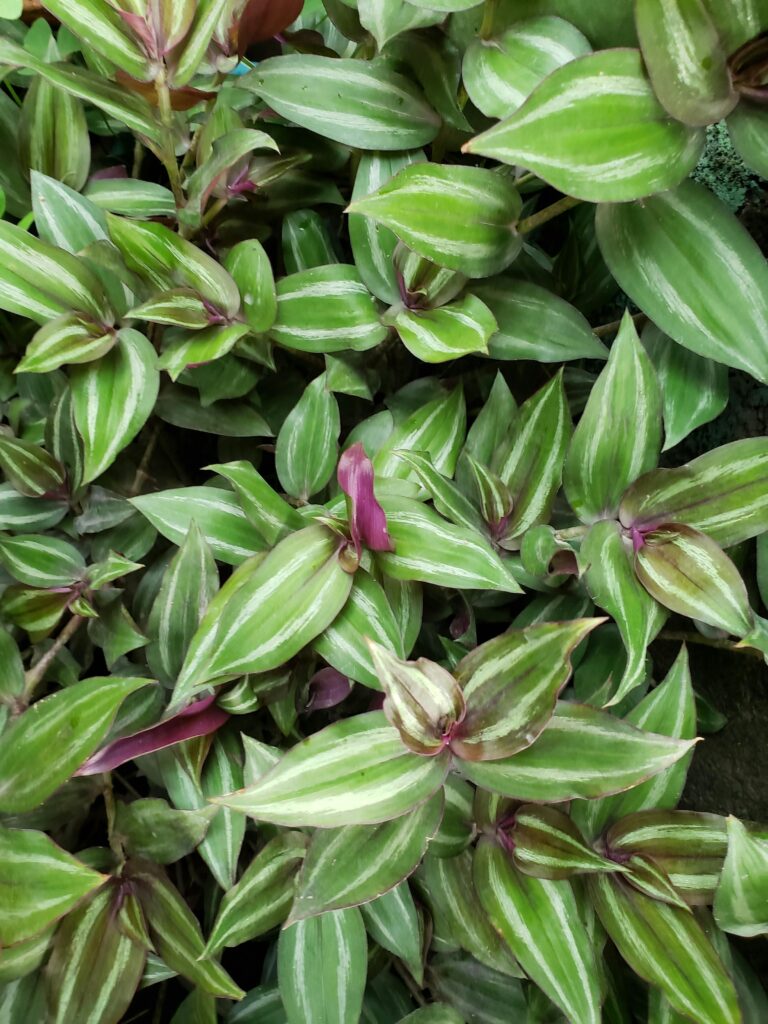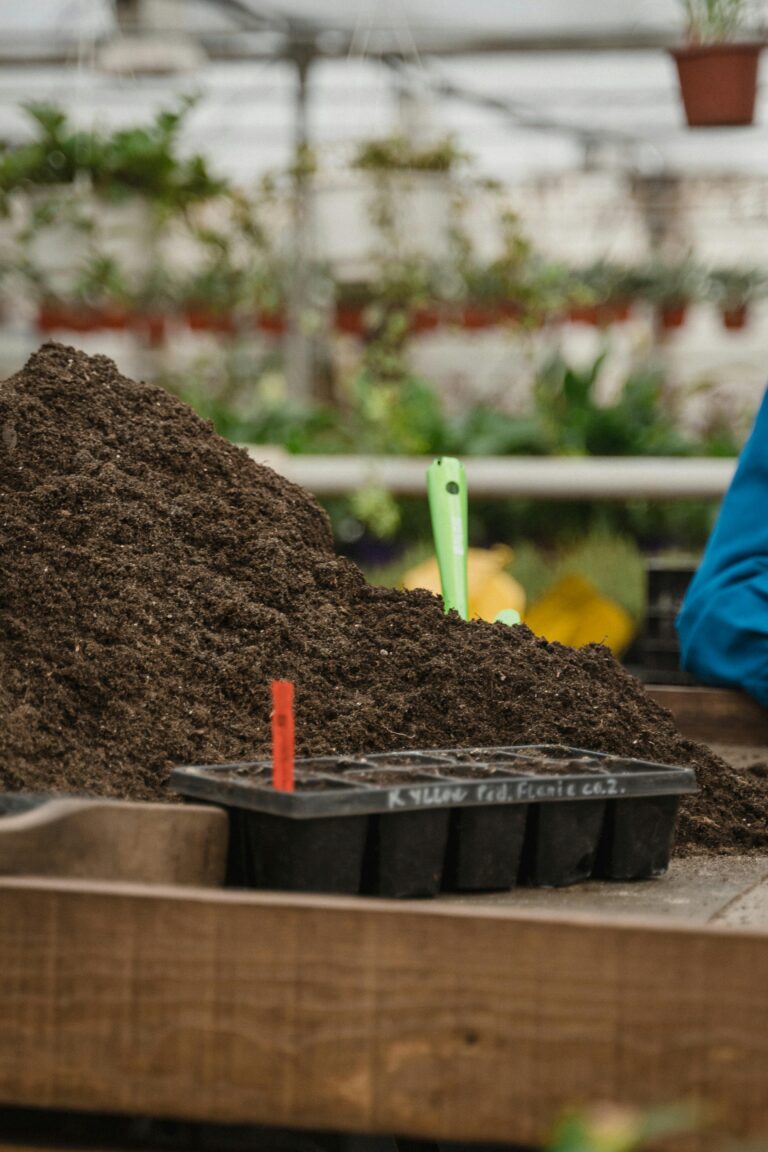
If you’ve been gardening for a while, you already know that a plant’s health doesn’t just depend on water and sunlight—it all starts with the soil. The right soil mix can be the foundation for strong roots, good drainage, and overall plant happiness. With five years of gardening experience, I’ve come to realize that not all soil is created equal. Choosing the right mix for your plants is key to their growth and success, whether you’re in the US or the UK.
In this guide, we’ll dig deep into what makes a great soil mix, the types of plants that need specific soils, and how to create your own perfect mix at home. Trust me, your plants will thank you!
Why Soil Mix Matters
A good soil mix is more than just dirt—it’s the lifeline for your plants. It provides the nutrients they need, regulates water retention, and gives roots space to breathe. Using the wrong soil mix can lead to overwatering, root rot, or stunted growth. So, choosing or making the right mix is crucial, especially if you want to see your indoor or outdoor plants thrive.
What Makes a Good Soil Mix?
A good soil mix usually has three key components:
- Organic Matter: This includes things like compost, peat moss, or coconut coir. Organic matter holds onto nutrients and moisture while providing structure to the soil.
- Drainage Materials: Think perlite or sand—these help prevent your soil from becoming too compact, allowing water to drain through instead of pooling around the roots.
- Nutrients: Healthy plants need nutrients to grow, which can be found in organic materials like compost, or you can add fertilizer as needed.
Depending on the type of plant you’re growing, the proportion of each component will change. Let’s break down the different types of plants and the best soil mixes for them.
Different Soil Mixes for Different Plants
1. Succulents and Cacti
Succulents and cacti are plants that are used to dry, desert-like conditions. They don’t like their roots sitting in water, so they need a soil mix that provides excellent drainage.
- Soil Mix: A succulent or cactus mix should have a base of sandy soil combined with organic matter like peat or coconut coir. I like to mix in perlite or coarse sand to ensure excess water drains away quickly.
- DIY Mix: 1 part potting soil, 1 part coarse sand, and 1 part perlite.
- Pro Tip: If you’re repotting a succulent, let it sit without water for a few days after potting to let the roots adjust. Then, water lightly.
2. Tropical Plants
Tropical plants, like ferns, Monstera, and Philodendrons, love humidity and moisture, but they don’t want to be waterlogged. These plants need a mix that retains water while allowing the roots to breathe.
- Soil Mix: A tropical plant mix should be light and airy. Use regular potting soil with added coconut coir or peat moss to retain moisture, along with some perlite or bark to increase airflow around the roots.
- DIY Mix: 2 parts potting soil, 1 part peat moss or coconut coir, and 1 part perlite or orchid bark.
- Pro Tip: Tropical plants thrive in environments with good humidity, so misting the leaves regularly can help them feel more at home.
3. Herbs and Vegetables
Growing your own herbs and veggies indoors or in containers? You’ll need a soil mix that provides plenty of nutrients and good drainage, but also retains enough moisture to keep them hydrated.
- Soil Mix: Herbs and vegetables do well in nutrient-rich soil with a mix of organic material and drainage enhancers like perlite. A bit of compost or worm castings can go a long way toward keeping them fed.
- DIY Mix: 2 parts potting soil, 1 part compost, and 1 part perlite.
- Pro Tip: Use slow-release organic fertilizer to give your veggies and herbs a steady supply of nutrients as they grow.
4. Orchids
Orchids are unique because they’re epiphytic plants—meaning they grow on other plants in the wild and don’t require typical soil. Instead, they need a mix that’s chunky and provides excellent airflow around the roots.
- Soil Mix: Orchid mixes should be made with orchid bark and other airy materials like charcoal or perlite. Avoid traditional soil, as it will suffocate the roots.
- DIY Mix: 2 parts orchid bark, 1 part charcoal or perlite.
- Pro Tip: Orchids don’t like sitting in water, so make sure their pots have plenty of drainage holes, and water sparingly.
5. Houseplants (General)
For your everyday houseplants—like pothos, spider plants, or peace lilies—you’ll want a versatile, well-balanced soil mix that works for most indoor environments.
- Soil Mix: A general houseplant mix should be a good balance of moisture retention and drainage. Regular potting soil mixed with a bit of perlite or vermiculite is perfect.
- DIY Mix: 2 parts potting soil, 1 part perlite.
- Pro Tip: Houseplants appreciate an occasional top-up of nutrients, so adding a slow-release fertilizer every few months will help keep them growing strong.
How to Mix Your Own Soil at Home
If you’re feeling adventurous, mixing your own soil at home is easy and gives you full control over the quality. Here’s a simple method:
- Start with a Base: Use a good-quality potting soil as your base. This is where your plant will get most of its nutrients.
- Add Organic Matter: Depending on the plant, add some peat moss, coconut coir, or compost for moisture retention.
- Improve Drainage: Add perlite, coarse sand, or vermiculite to ensure good drainage.
- Mix Well: Use a large container to thoroughly mix everything together so it’s consistent throughout.
Pro Tip: Store any extra soil mix in a sealed container to keep it fresh and ready for your next planting project!
Signs of a Poor Soil Mix
If your plant isn’t thriving, it could be because of the soil. Here are a few signs that your soil mix might not be right:
- Waterlogged Soil: If your plant’s soil stays wet for days, it’s not draining well enough. This can lead to root rot.
- Crusty Surface: A hard, crusty surface is a sign that your soil might be too compact. Aerate it by mixing in more perlite or sand.
- Slow Growth: If your plant is growing slowly, it could be lacking nutrients. Consider adding compost or a slow-release fertilizer to the mix.
Seasonal Soil Adjustments
Don’t forget that your soil mix might need a few tweaks as the seasons change. In the winter, when plants are growing slower, you can reduce the amount of water you give them. But in the summer, when plants are more active, they may need a richer mix with more nutrients.
Pro Tip: If you’re growing plants indoors in the winter, make sure the soil is still well-aerated to prevent it from staying too wet in lower light conditions.
Final Thoughts: Choose the Right Soil for Healthy Plants
When it comes to plants, choosing the right soil mix is just as important as light and water. Whether you’re growing succulents, tropical plants, or vegetables, the soil provides the foundation for your plants to thrive. Tailor your mix based on your plant’s specific needs, and you’ll be rewarded with lush, healthy growth.
Take it from someone with five years of experience—once you get the soil right, your plants will flourish like never before!
Happy gardening, and may your plants always have the perfect foundation to grow! 🌱🌿

